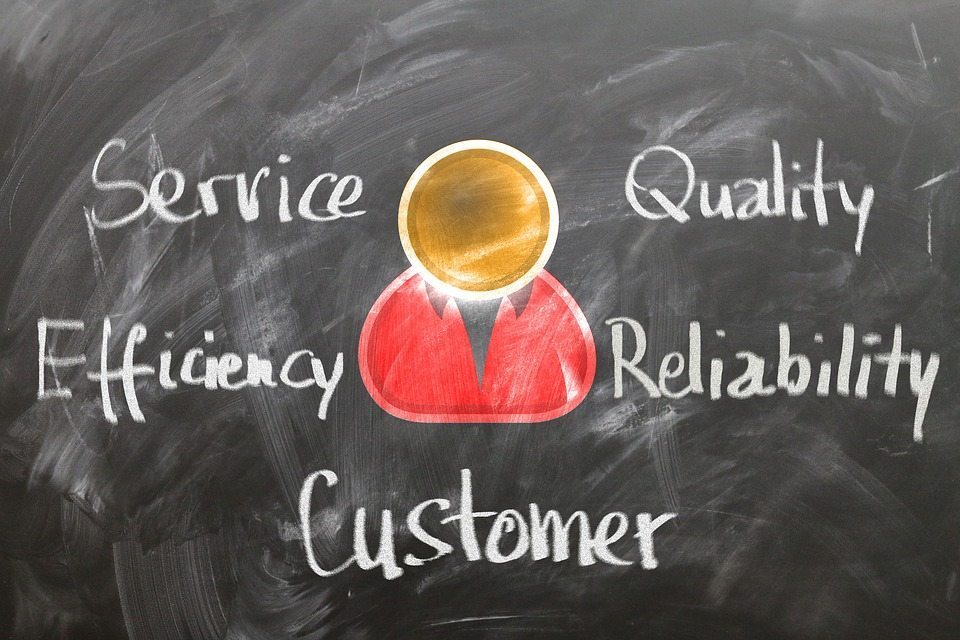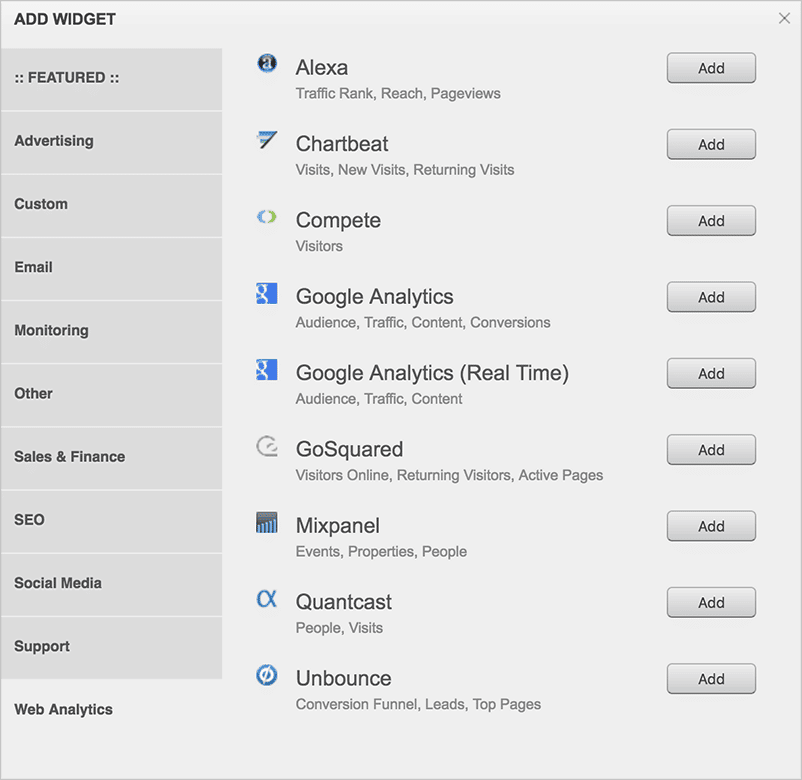
How to Manage Relationships with Your Customers Effectively
A positive relationship with clients is one of the most important parts of a successful business, and according to an Oracle survey, 86% of consumers will pay more for a better experience. That translates to business-to-business relationships too, in any industry, with companies having the potential to make billions more simply through better client experiences.
This comes down to managing customers, wholesale. When you take a hand in the way a customer views and interacts with your brand, you are managing their expectations, time, engagement and overall impression from beginning to end. The result is a more complete onboarding and implementation process that builds loyalty and spreads to future customers.
But how can this be done more efficiently? We all know the struggles of customer relationships management and the difficulties with enmeshing yourself in such a high demand task with so many other details needing your consideration and attention.
Here are a few ideas:
Communicate Regularly
Clients need to know what’s going on. When they’re left hanging and forced to constantly track you down, eventually they’re going to go elsewhere. As former CEO Andrew Miller of Polycom explained in a Q&A with ZDNet, “Customers can have mixed environments,” but the main point is to increase collaboration which in turn increases productivity. Collaborate with your client by communicating regularly so that you understand their needs and problems and can provide a solution. Give regular updates on projects you’re already working on – the more you’re in contact with your client, the stronger their trust in you will be.
Larger companies, or businesses with many clients need to ensure they’re making use of the latest technology, including customer management relationship (CRM) apps and tools. Effectively tracking communication these days is a lot more than it used to be, back when one simply maintained an updated Rolodex.
Don’t Just Meet Expectations, Exceed Them
It’s not enough to simply meet the expectations of your clients, you need to raise the bar by over delivering whenever possible. When clients are impressed, they’ll keep coming back, often even when the competition offers a lower price. It’s fairly easy to do, for example, always add some cushion time to a delivery date, then when it’s delivered earlier than expected, the client will be happily surprised.
Address Issues Head On
When issues occur, on either side, it’s easy to want to just ignore them and hope they go away. But from human error to computer glitches, problems with suppliers and so on, inevitably something less than desirable will probably happen at some point in the relationship. By addressing these issues as soon as possible, it will give you more time to work on a contingency plan together, while alleviating last-minute pressure. Regular communication, as mentioned, can also prevent any misunderstandings in the meantime.
Ask for Feedback and Take Action
While some clients won’t hesitate to make their feelings known as to what they think about your services or products, many who are unhappy simply fade away. It’s important to know when your client is happy about something and when they aren’t so pleased so that you can take action that shows you’re listening. Invite your clients to provide feedback – you may want to conduct surveys that can be anonymous, in addition to sending an email, comment card, etc. to obtain the most honest results. It will help you to better understand your clients’ specific needs and ensure that you’re meeting their needs.
After receiving feedback, don’t just let it go unaddressed. Carefully listen and respond to any comments as quickly as possible whether positive or negative.
Use a CRM Platform to the Fullest
Some time back, Forbes wrote an article titled “Why Is Customer Relationship Management So Important?” It mirrored a question asked by many entrepreneurs who can sometimes get too tied up in the many details they have to consider and so fail to take that one into account until the negative impact is felt.
The article goes into the many ways in which CRM is implemented across multiple sources. It also points out that it isn’t just big businesses that benefit from the use of customer relationship management, but small businesses and even freelancers. It is about controlling the customer experience to ensure their positive involvement with your brand.
There are several ways in which a CRM platform can make your business grow and flourish. But the primary reasons leading to most businesses adopting a platform include:
- Increasing the rate of conversions from previously generated leads.
- Balancing your new customers and retained customers, thereby covering the cost of new sales acquisitions (remember that retaining customers is more profitable than getting new ones, but getting new ones is how your company grows).
- Forming strong, long term relationships with customers.
- Building brand loyalty in a world of ever widening choices.
- Narrowing your marketing strategies in order to cut through the noise of an oversaturated digital landscape.
- Giving your sales team the tools they need to boost their productivity and connect more efficiently with your customer base.
- Improving customer service by better managing cases, retaining customers and improving customer satisfaction surveys.
- Collecting customer testimonials to display on your site
A customer management platform can help with everything above. It gives you the tools you and your team needs to address each issue and so begin to improve sales, customer retention, etc, all of which exponentially grows your brand.
Now you know why you need a CRM platform. So which one should you try? A quick Google search shows that there is no end to the choices you can select from. Many choices have their benefits, but there are also a few drawbacks. How do you choose?
I will admit I haven’t tried every CRM platform on the web, but I’ve used and liked Salesmate.
Salesmate is a growth-oriented CRM program that offers solutions for small businesses, nonprofits and startups, as well as role-based solutions for sales, service, marketing and IT. It has three primary principles: improve your sales, gain better customer relationships and deliver projects to the right people on the right teams.
By visualizing your sales pipeline it lets you see what exactly works for your sales acquisition and who of your team is doing the best job:

Finally, CRM involves so much tracking and monitoring that setting up a separate dashboard is a must.
Cyfe is the only solution on the market that I’ve tried because it’s incredibly affordable and feature-rich. You can customize a widget to make a CRM monitoring platform and put everything in one place.
You can use it for CRM monitoring with help of the following widgets:
- Monitor your customer support team stats with Zendesk widget
- Monitor your customers’ conversations with Twitter widget
- Monitor your team progress with Google Calendar app
- Use world clock for international distributed team management
- Monitor your traffic with Google Analytics app, etc.







